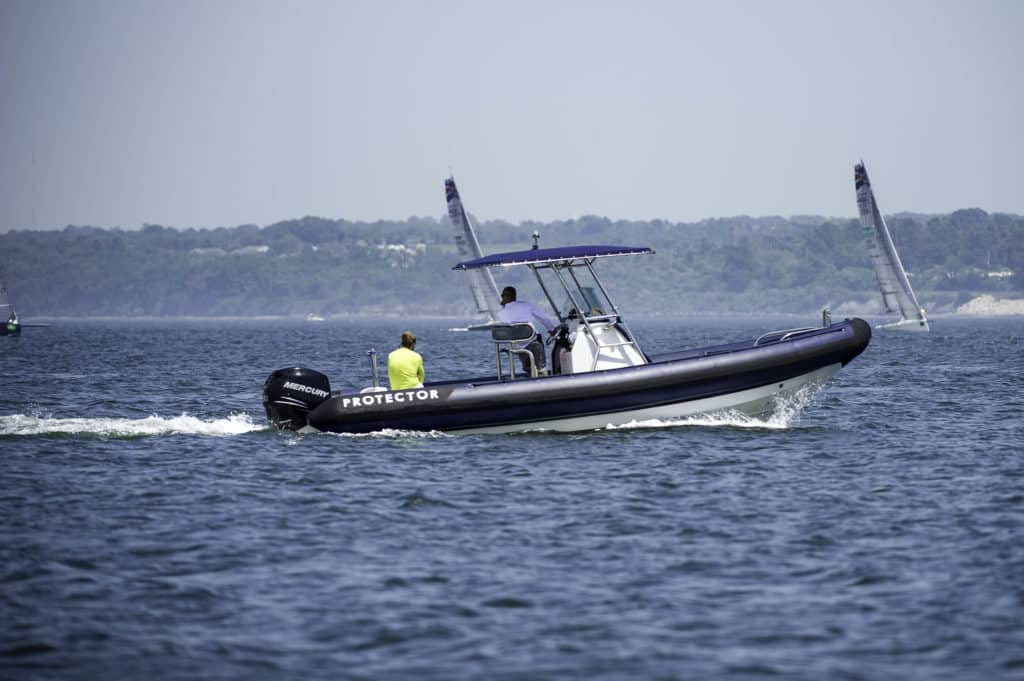
Not everyone can afford to have the top coach – or any coach – help them through their boat handling. Here are a few quick tips that can help you get the most out of your training sessions without shelling out the big bucks.
1. Have a friend with a powerboat film your boathandling – Most of us have a friend or two with a powerboat and some free time. One of the easist ways to get a look at your boat from outside is to enlist the help of a friend. Get out on the water and have them film a few tacks, a few jibes and any other maneuvers you want to see. It’s much easier to identify any improvements that can be made by wathcing video, than trying to figure it out on board.
2. Have your sail trimmers view trim from the powerboat – As an alternative to video taping your setup (or in addition to, depending on how much patience your friend has), have your sail trimmers observe from the chase boat for a legs to get a sense of what the sails look like from the outside. Again, it’s often easier to see minor details in trimming from outside the boat. Just remember to reward your friend with a six-pack… we are on a “beer budget” after all.
3. Combine your post-race of post-practice debrief with a competitor – Use the buddy system. If you have a friend sailing in your fleet, or a competitor that’s willing to talk through races with you, it can be helpful for both parties if you debrief about the day’s sailing. You might have seen something they did not, or vice versa. At the end of the day, walking through maneuvers, shifts and other observations will help you build a more complete picture of why and how you sailed the way you did.
4. Have a crewmember time maneuvers with a stopwatch – Establishing a baseline by timing maneuvers is a good way to check yourself on performance. Once you know about how long a tack or jibe should take, you can always run against the clock to check to see how you are doing. The goal is always to lower that benchmark time, but if something changes and you start to feel slow, it’s a sign something needs fixing and it might be time to enlist the help of your powerboat friend again.
5. Swap crewmembers around during a practice maneuvers – Moving crew members around will help everyone onboard get a better sense of what each position does. When your bow guy knows what to look for in the shape of the jib, he can provide better feedback to the guy grinding the headsail in at the back of the boat. This applies for every role onboard too; the goal is to familiarize the entire boat with every role, so that anyone can offer feedback if they spot something out of place.









